A Healthy, Multi-generational Home
30 April 2021
For many parents and grandparents, there is no greater blessing than being able to live close to or alongside multiple generations of their family. In an urban location, however, it is very difficult to find a housing development or community that offers facilities and services that are friendly to all ages. As Hong Kong’s population continues to age, the demand for homes designed for high-quality senior living has risen. To cope with this trend, the government proposed a strategic plan called Hong Kong 2030+: Towards a Planning Vision and Strategy Transcending 2030. The plan emphasised the importance of building inclusive communities that care for the needs of all ages – especially retirees – so that they can enjoy a good quality of life during their golden years.
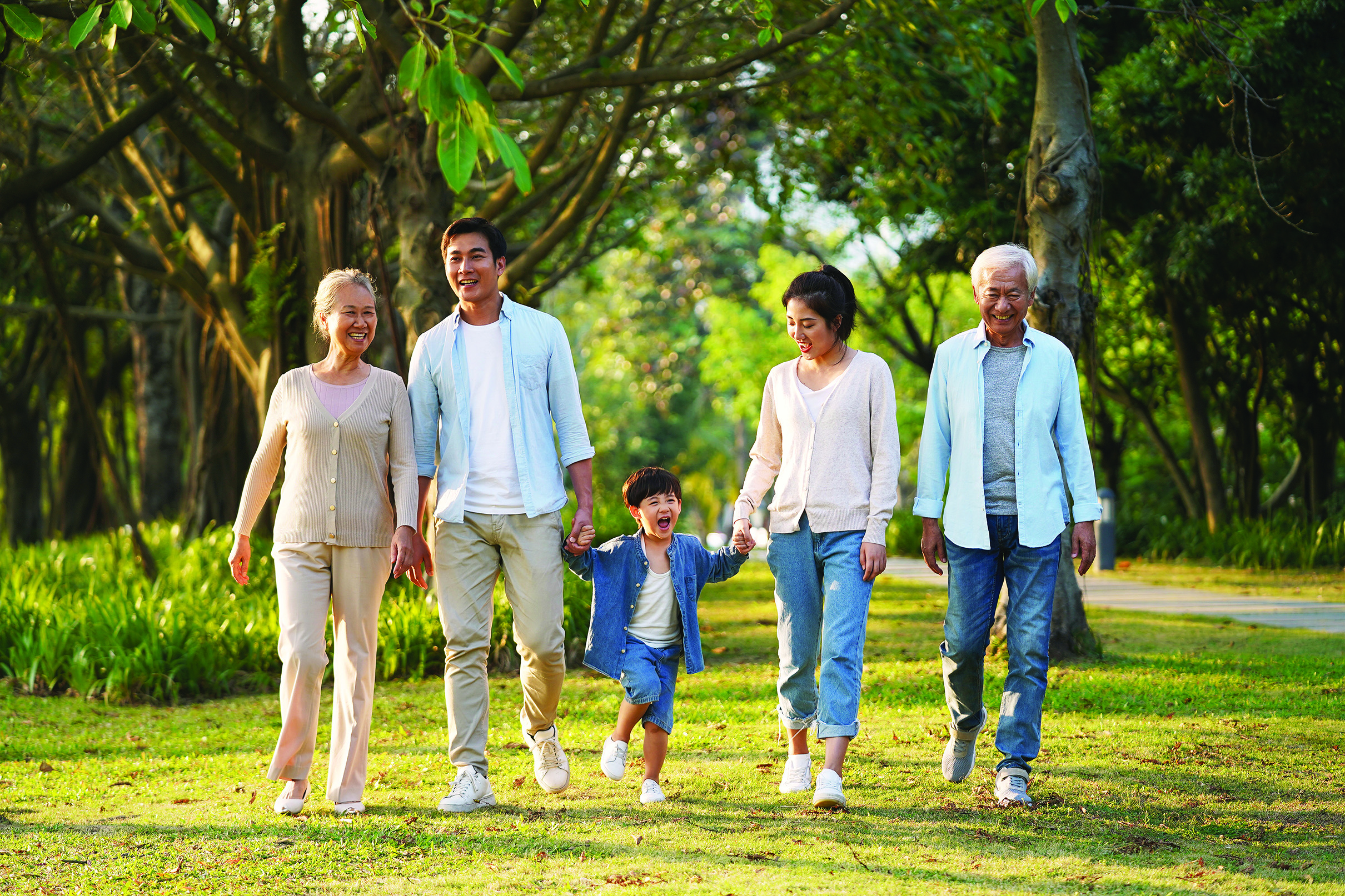
For modern parents wanting to live a high-quality life, take care of each other and their children and grandchildren after retirement, an age-friendly, inclusive community is indispensable.
Age-friendly home design
Rina Ko is one of the registered architects dedicated to designing liveable spaces for retirees. Two years ago, working as a research associate at The Chinese University of Hong Kong (CUHK) Jockey Club Institute of Ageing, she established a research team primarily comprised of 20 retirees aged 50-70 as well as medical and building professionals to design housing suitable for people in later life.
Aware of an aging population, Chinachem Group commissioned the institute to conduct a large-scale study on providing high-quality housing for the elderly community. They worked together on studying and developing the Residential Design Guide for Healthy Ageing in Hong Kong. The research results were integrated into the design of residential projects. To appeal to a market that wishes to age-in-place, various design features such as wider, corridors and lifts, barrier-free facilities, and others, were incorporated.
“We suggest property management should give up the therapeutic concepts of setting up Western and Chinese medical services, and instead advocate a holistic lifestyle. For example, a concierge service providing nutritional knowledge and exercise tips to meet the needs of individual residents. Residents should also be encouraged to visit the neighbourhood to expand their social circle,” said Ko.
In terms of building design, the project team paid special attention to the needs of residents across different age groups with the provision of diversified living and communal spaces. From the design of spaces or amenities, to communal facilities, the project team spared no efforts in addressing the needs of, especially multi-generational families with older members.
“Watching my parents age, and seeing the challenges emerging in their lives, was what inspired me to take on this role of an architect, it is hugely meaningful that this opportunity will help make systemic improvements to the lives of so many people. The research report will be published in the form of a design manual that is easy for the public to comprehend. It will also help improve the liveability of local and overseas residential buildings. The academic work that Chinachem Group supports here at the CUHK will benefit us all in the long run,” said Ko.
Rina Ko is one of the registered architects dedicated to designing liveable spaces for retirees. Two years ago, working as a research associate at The Chinese University of Hong Kong (CUHK) Jockey Club Institute of Ageing, she established a research team primarily comprised of 20 retirees aged 50-70 as well as medical and building professionals to design housing suitable for people in later life.
Aware of an aging population, Chinachem Group commissioned the institute to conduct a large-scale study on providing high-quality housing for the elderly community. They worked together on studying and developing the Residential Design Guide for Healthy Ageing in Hong Kong. The research results were integrated into the design of residential projects. To appeal to a market that wishes to age-in-place, various design features such as wider, corridors and lifts, barrier-free facilities, and others, were incorporated.
“We suggest property management should give up the therapeutic concepts of setting up Western and Chinese medical services, and instead advocate a holistic lifestyle. For example, a concierge service providing nutritional knowledge and exercise tips to meet the needs of individual residents. Residents should also be encouraged to visit the neighbourhood to expand their social circle,” said Ko.
In terms of building design, the project team paid special attention to the needs of residents across different age groups with the provision of diversified living and communal spaces. From the design of spaces or amenities, to communal facilities, the project team spared no efforts in addressing the needs of, especially multi-generational families with older members.
“Watching my parents age, and seeing the challenges emerging in their lives, was what inspired me to take on this role of an architect, it is hugely meaningful that this opportunity will help make systemic improvements to the lives of so many people. The research report will be published in the form of a design manual that is easy for the public to comprehend. It will also help improve the liveability of local and overseas residential buildings. The academic work that Chinachem Group supports here at the CUHK will benefit us all in the long run,” said Ko.
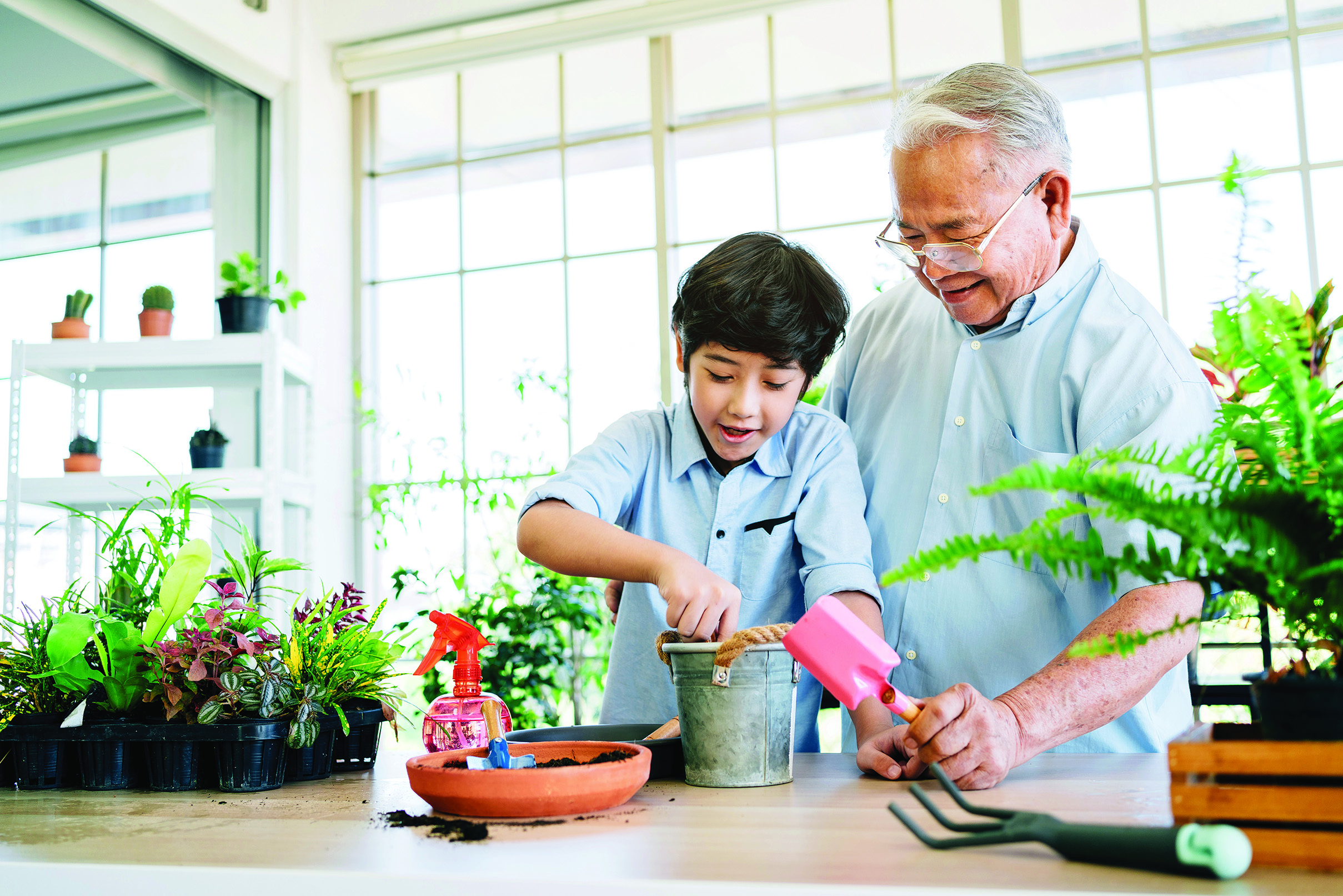
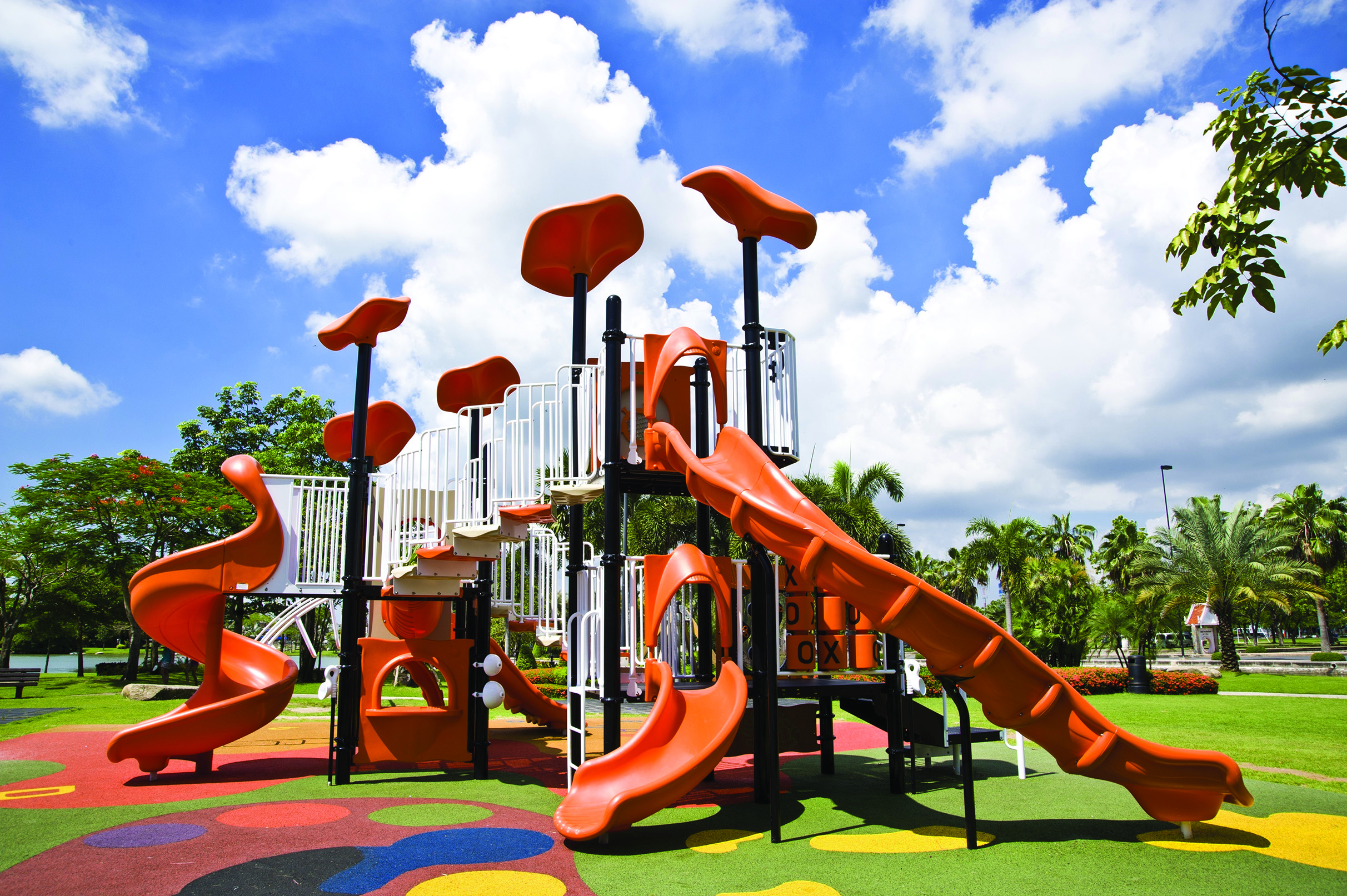
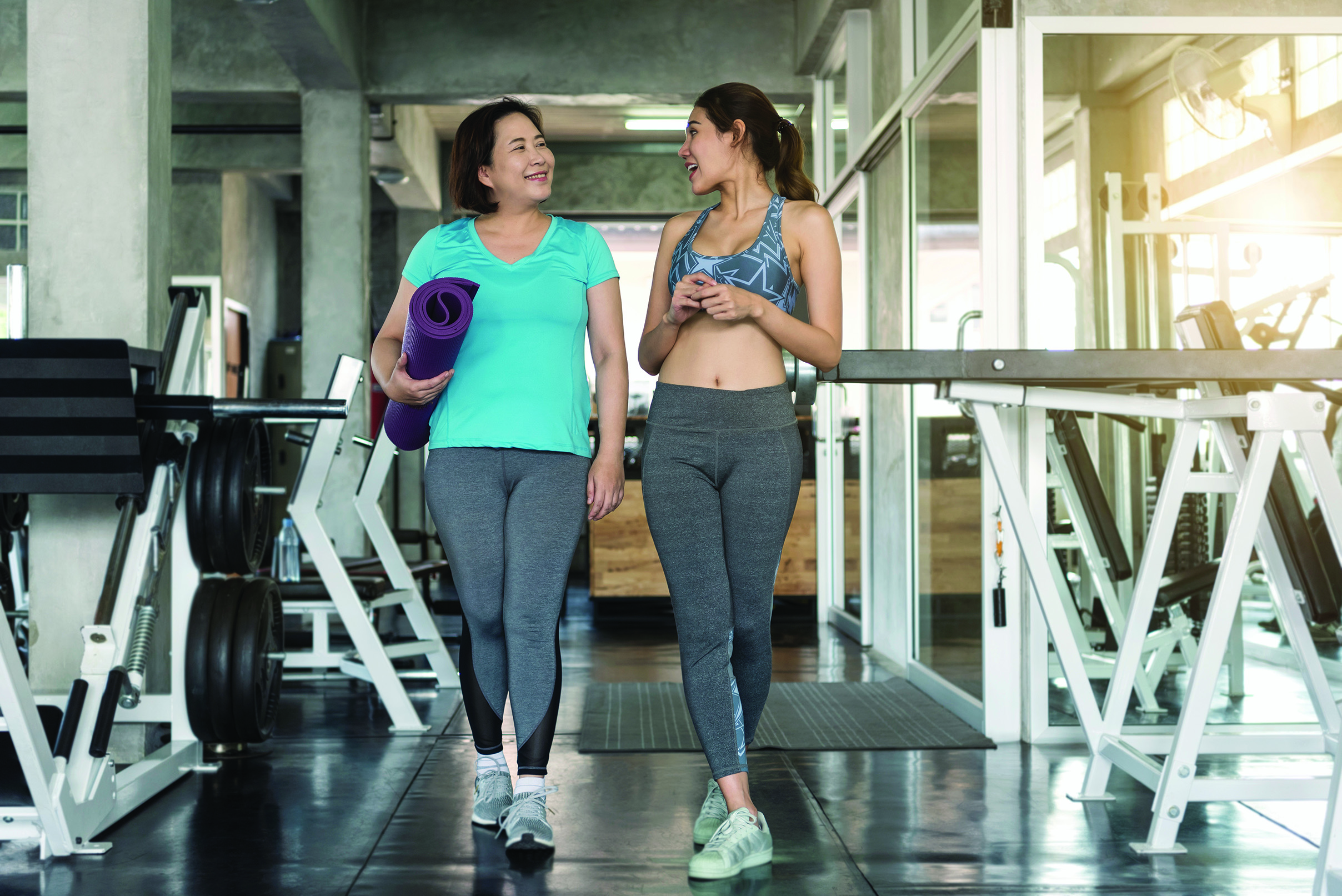
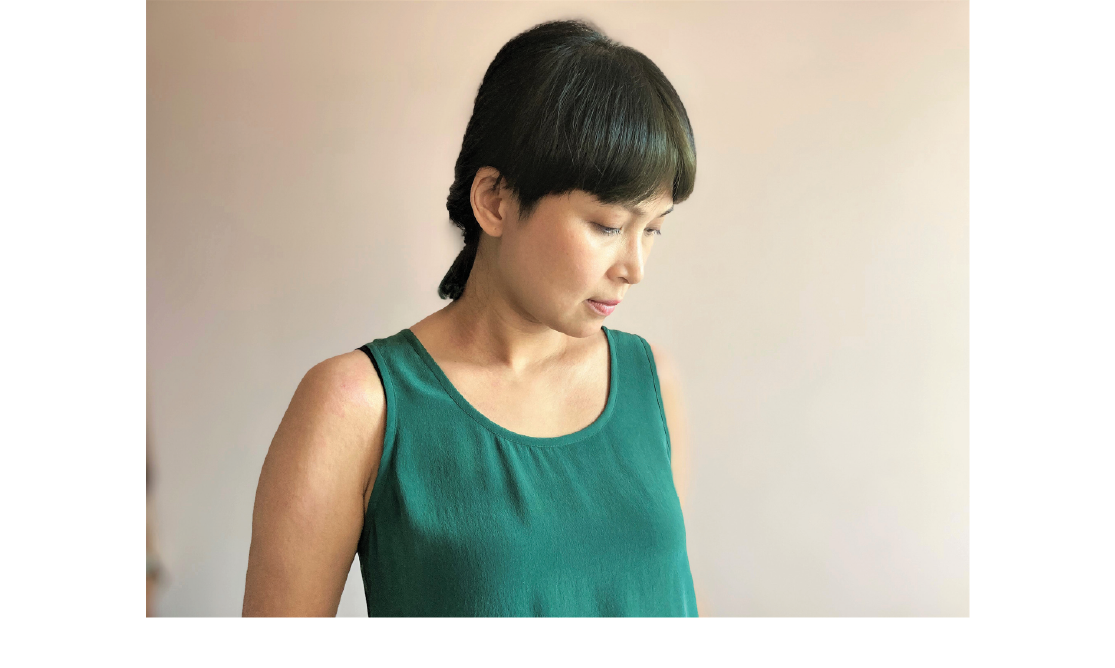
Watching my parents age, and seeing the challenges emerging in their lives, was what inspired me to take on this role of an architect, it is hugely meaningful that this opportunity will help make systemic improvements to the lives of so many people.
Rina Ko - One of the registered architects dedicated to designing liveable spaces for retirees, working as a research associate at The Chinese University of Hong Kong (CUHK) Jockey Club Institute of Ageing.
-
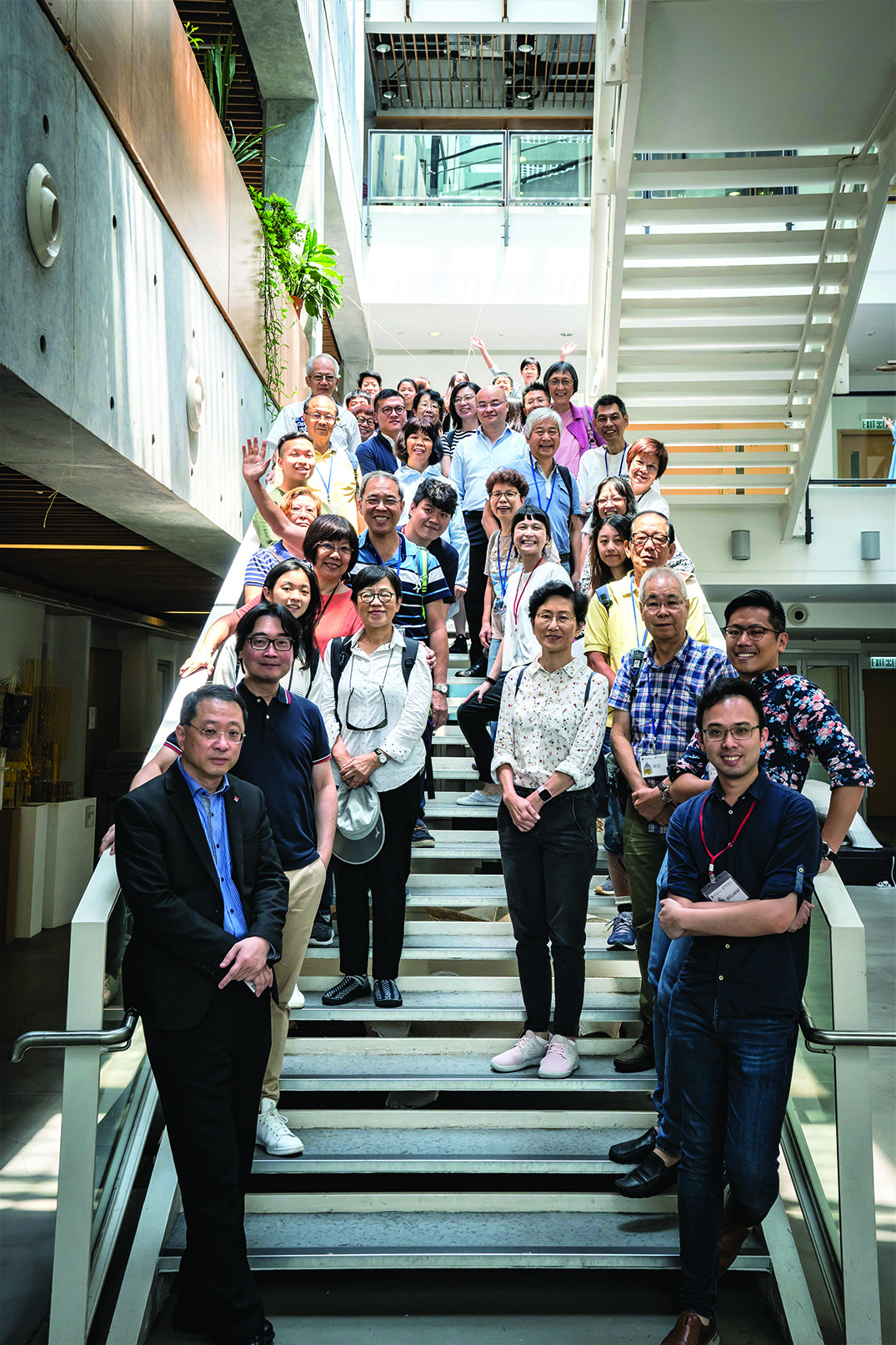 A research team formed by retirees, medical and building professionals.
A research team formed by retirees, medical and building professionals. -
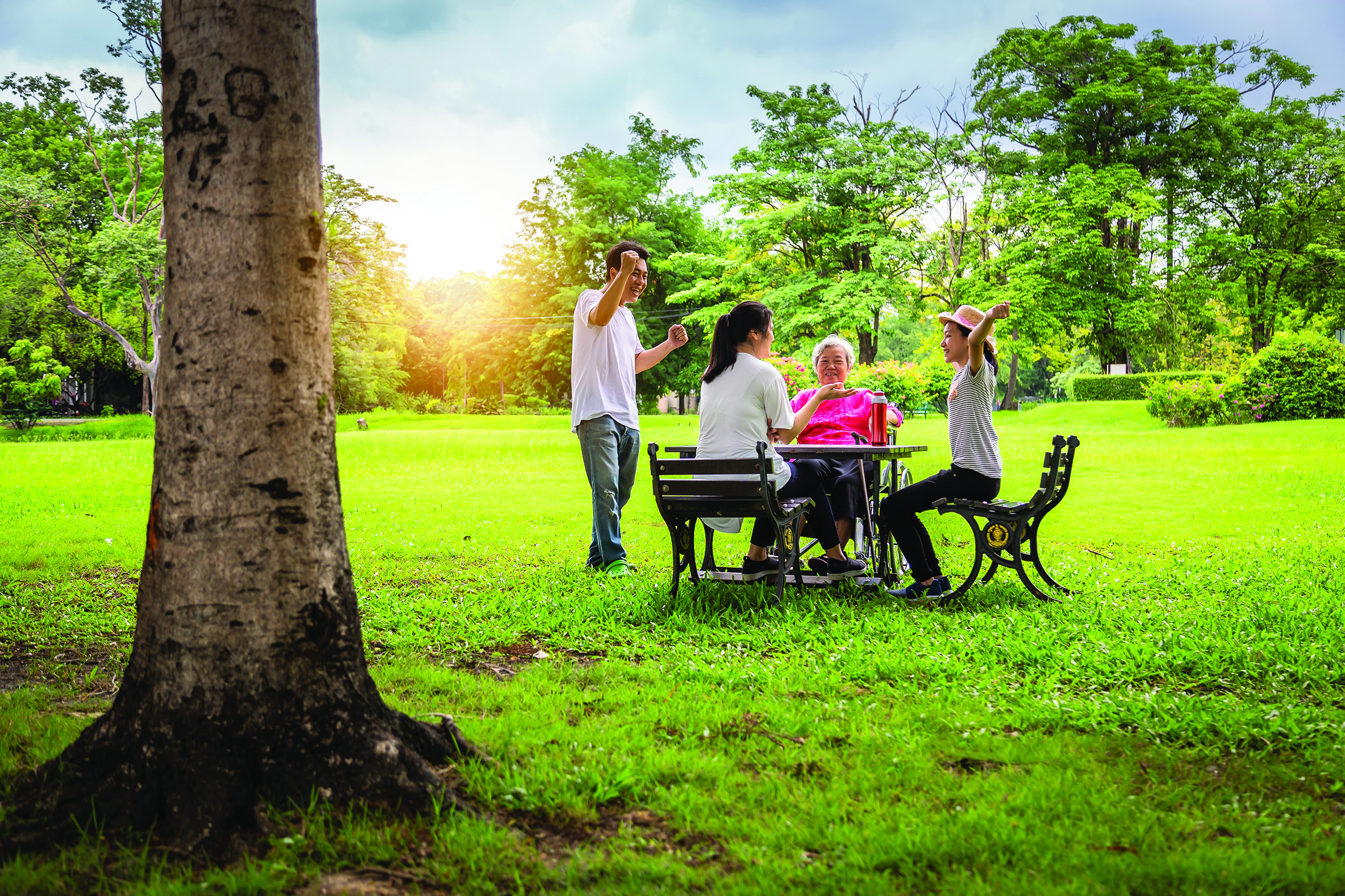 In a multi-generational, inclusive community, members of extended families can get together easily, while the retirees can also maintain an active retirement life. These benefits help maintain the physical and mental health of the retirees.
In a multi-generational, inclusive community, members of extended families can get together easily, while the retirees can also maintain an active retirement life. These benefits help maintain the physical and mental health of the retirees.
